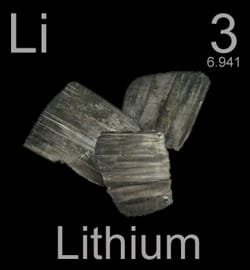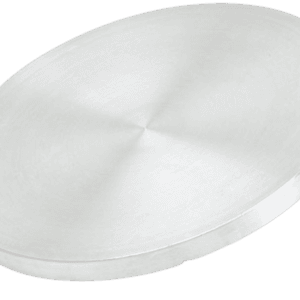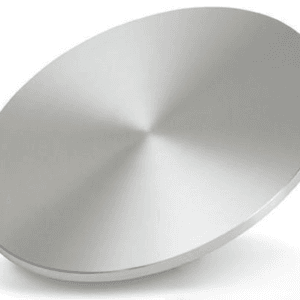Lithium Sulfide Sputtering Target Description
 Lithium Sulfide sputtering target is a silvery material composed of lithium (Li) and sulfur (S). It is considered for use in lithium-sulfur batteries due to its potential to enhance battery performance.
Lithium Sulfide sputtering target is a silvery material composed of lithium (Li) and sulfur (S). It is considered for use in lithium-sulfur batteries due to its potential to enhance battery performance.
Lithium is a chemical element derived from the Greek word ‘lithos,’ meaning stone. It was first identified in 1817 by A. Arfwedson, with its isolation later achieved and announced by W. T. Brande. Represented by the symbol “Li,” lithium has an atomic number of 3, placing it in Period 2 and Group 1 of the periodic table, within the s-block. Its relative atomic mass is 6.941(2) Dalton, with the number in brackets indicating the uncertainty.
Related: Lithium Sputtering Target
 Sulfur, also known as sulphur, is a chemical element whose name is derived from either the Sanskrit word ‘sulvere’ or the Latin ‘sulfurium,’ both referring to sulfur. It has been used since before 2000 BC and was recognized by ancient Chinese and Indian civilizations. The canonical chemical symbol for sulfur is “S,” and its atomic number is 16, placing it in Period 3 and Group 16 of the periodic table, within the p-block. The relative atomic mass of sulfur is 32.065(5) Dalton, with the number in brackets indicating the uncertainty.
Sulfur, also known as sulphur, is a chemical element whose name is derived from either the Sanskrit word ‘sulvere’ or the Latin ‘sulfurium,’ both referring to sulfur. It has been used since before 2000 BC and was recognized by ancient Chinese and Indian civilizations. The canonical chemical symbol for sulfur is “S,” and its atomic number is 16, placing it in Period 3 and Group 16 of the periodic table, within the p-block. The relative atomic mass of sulfur is 32.065(5) Dalton, with the number in brackets indicating the uncertainty.
Lithium Sulfide Sputtering Target Specification
| Material Type | Lithium Sulfide |
| Symbol | Li2S |
| Color/Appearance | Silvery Solid |
| Molecular Weight | 45.95 |
| Melting Point | 938° C |
| Boiling Point | 1372° C |
| Density | 1.67 g/cm3 |
| Available Sizes | Dia.: 2.0″, 3.0″, 4.0″, 5.0″, 6.0″ Thick: 0.125″, 0.250″ |
Lithium Sulfide Sputtering Target Packing
Our Lithium Sulfide Sputtering Targets are clearly tagged and labeled externally to ensure efficient identification and quality control. Great care is taken to avoid any damage that might occur during storage or transportation.





Reviews
There are no reviews yet.